
If you have small children and curious pets then having a garden that stores toxic properties that can cause allergic reactions or become potentially fatal is something you need to be alerted on before it becomes too late. Your plants, flowers, berries, and shrubs may give your home curb appeal or a relaxing retreat from the outside world, but if ingested can be a devastating occurrence. You will need to know which plants are poisonous and what are the signs to look out for to get treatment right away. Check out our plant toxicity list of 21 Deadliest Garden Plants.
Have a favorite poisonous plant to share? Leave a comment, or join our facebook group and tell us about it : )
#1 Rhododendron (Rhododendron Ponticum)
Source: aphotoflora.com
What we like about the plant: Rhododendrons add so much beauty to a home with their pink, white, red, and purple clusters.
Toxic parts: The whole plant
Toxic: If any part of this flower gets ingested here are a few signs and symptoms to look out for after ingestion. The victim will first begin to start drooling, and their eyes will become teary. The victims pulse will soon start to slow down followed by violent vomiting. The bodies blood pressure will reduce until falling into a coma, or severe seizure – death soon follows.
#2 Lily of the Valley (Convallaria Majalis)
Source: nhgardensolutions.wordpress.com
What we like about the plant: Beautifully bell-shaped, the white lily of the valley flower delivers an abundance of sweet smelling fragrance.
Toxic parts: The leaves are the deadliest part, but the whole plant is dangerous if ingested.
Toxic: Lily of the Valley contains a toxin called convallarin that will ignite heart contractions into a rapid speed. A tiny bite ingested will deliver the victim with hallucinations, irritability, hot flashes, and headache. The heart will begin to slow down leading to death or coma.
#3 Hydrangea (Hydrangea Macrophylla)
Source: gardendirect.com)
What we like about the plant: These beautiful flowers comes in white, blue, and pink and they bloom at the beginning of the summer and carry on until the fall.
Toxic parts: The flower buds are to be the most deadly, but the whole plant is deadly.
Toxic: Hydrangeas have traces of cyanide with symptoms of difficulty breathing, dark red gums, and death. Reports of some farm animals ingesting this flower battled with bloody diarrhea and colic. Domesticated pets that have ingested this plant experienced frequent vomiting and diarrhea. Risks of fatalities are from the drop in blood pressure which leads to convulsions and death.
#4 Poet’s Narcissus (Narcissus Poeticus)
Source: staticflickr.com
What we like about the plant: Many gardeners like this beautiful white bulb flower (first of the daffodils) because of its strong resistents towards animals.
Toxic parts: The whole plant is catastrophic if ingested, but the bulbs are where all the potent vomit inducing properties rest.
Toxic: If you sniff a poet’s narcissus in a non-ventilated room you will experience a headache, with that said, imagine ingesting this flower. If it’s robust enough to induce a headache from its scent, it will do damage ingested. Some of the early signs are nausea, worse than a hangover, fainting, convulsions, paralysis. Death comes soon after the symptoms mentioned above.
Even maintaining your garden full of these flowers is hazardous, especially if you have an open wound because contact with the secretions from the bulb can induce heart paralysis and numbness.
#5 Foxglove (Digitalis Purpurea)

Source: salzburg.com
What we like about the plant: Gorgeous and elongated bell-shaped, these dramatic looking flowers deliver so much color and life to a garden. They also have served a purpose in the medical field but in small doses.
Toxic parts: The whole plant. The upper stem is the most potent releasing chemicals called digitonin, digitalin, and digitoxin.
Toxic: If ingested, one can expect the same symptoms that occur with food poisoning. Diarrhea, nausea, and vomiting – that’s just from a small bite. If you were to eat a large amount and leave yourself untreated, it could lead to death due to a lowered heart heat, and or irregular rhythm in the lower heart chambers.
Zones 4-9
#6 Larkspur (Delphinium Consolida)
 Source: lavenderandlarkspur.files.wordpress.com
Source: lavenderandlarkspur.files.wordpress.com
What we like about the plant: The buttercup family members are blueish purple and low-maintenance.
Toxic parts: The newest leaves contain the most amount of the chemical alkaloid, but the whole plant is toxic.
Toxic: You can look, but you can’t eat. If ingested, burning in the mouth, nausea, slowed heartbeat, and vomiting occurs. A victim only has six hours to seek medical attention before the toxins become deadly.
#7 Oleander (Nerium Oleander)
Source: plantas-ornamentais.com
What we like about the plant: A movie is named after these beautiful ornamental shrubs, enriched with scented white buds and thick leaves.
Toxic parts: The whole plant is deadly – nectar, sap, and all.
Toxic: It’s highly recommended not to have this type of plant around small babies as it can be lethal if a young child were to eat a little bit. First symptoms will be vomiting, diarrhea, and life-threatening circulatory problems. It can also cause tremors, seizures, and lead to death.
#8 Poinsettia (Euphorbia Pulcherrima)
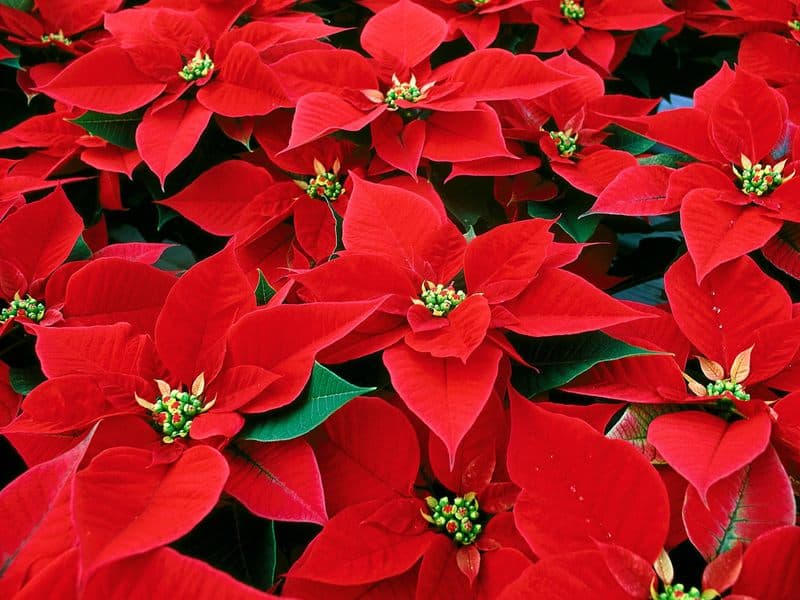 midatlanticgardening.com
midatlanticgardening.com
What we like about the plant: Christmas time is overflown with poinsettias making their way to the tabletops, outdoor decorations, and gifts.
Toxic parts: The milky white sap on the veins we need to avoid.
Toxic: Not the most severe of our list of deadly plants as ‘only’ two deaths have been recorded. They’re more harmful to animals as it will induce vomiting and diarrhea if ingested.
(*Note: It is a myth that this plant is poisonous, but we added it to the list because some people still fear them for the reasons listed above. However, you would have to eat hundreds of the leaves to get sick, much less die from them. Don’t go eating them to test this theory, ha!)
#9 Purple Nightshade (Atropa Belladonna)
auntiedogmasgardenspot.files.wordpress.com
What we like about the plant: These purple stunners are native to Western Asia, Europe, and North America and gardeners have fallen in love with curvy appearance.
Toxic parts: The berries, leaves, and root.
Toxic: Do not eat the berries on this plant. You will experience a loss of your voice, including respiratory troubles along with acute digestive hinderance. Along with the aforementioned comes intense convulsions and giving the combo could lead to a fatality.
#10 Mountain Laurel (Kalmia Latifolia
Source: catawbacountync.gov
What we like about the plant: These flowers are simply gorgeous! They deliver tremendous curb appeal to any home and are close to the rhododendrons and azalea family.
Toxic parts: The entire plant, pollen, twigs, leaves, and flowers.
Toxic: The gastrointestinal tract is what these flowers aim for their initial attack if ingested thanks due to the andromedotoxins the Mountain Lauren contain. The early symptoms to look out for are watering of the nose, mouth, and eyes. A shortness of breath and a reduced heartbeat. Soon to follow is kidney failure, convulsions, coma, paralysis, and death.
———-Advertisement———-
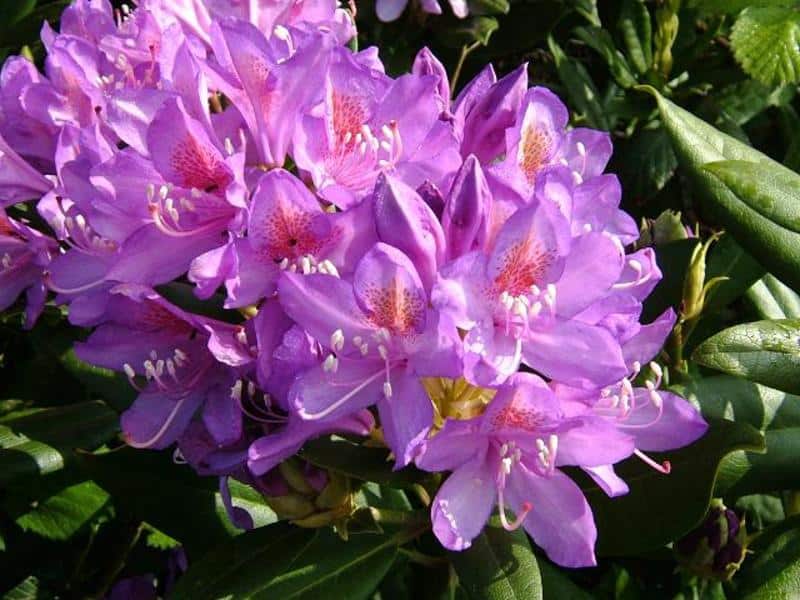
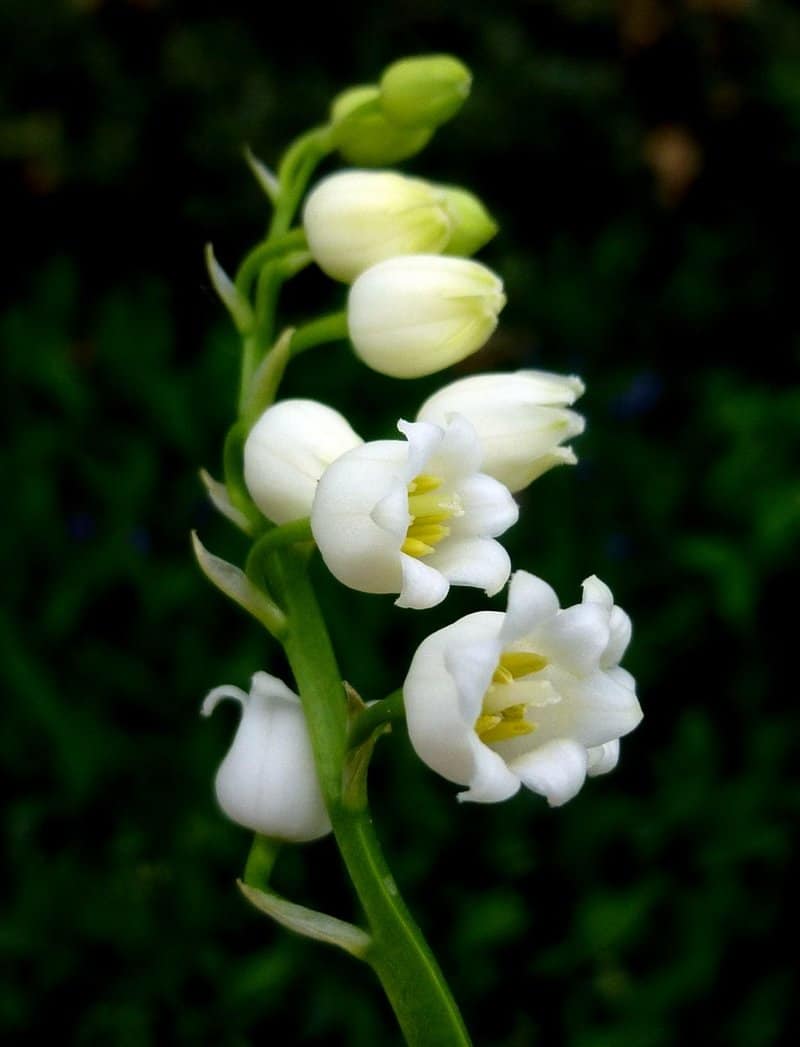
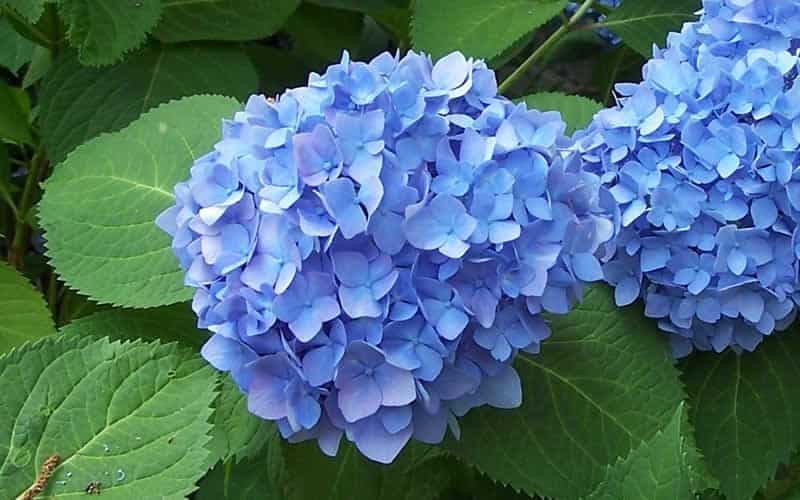

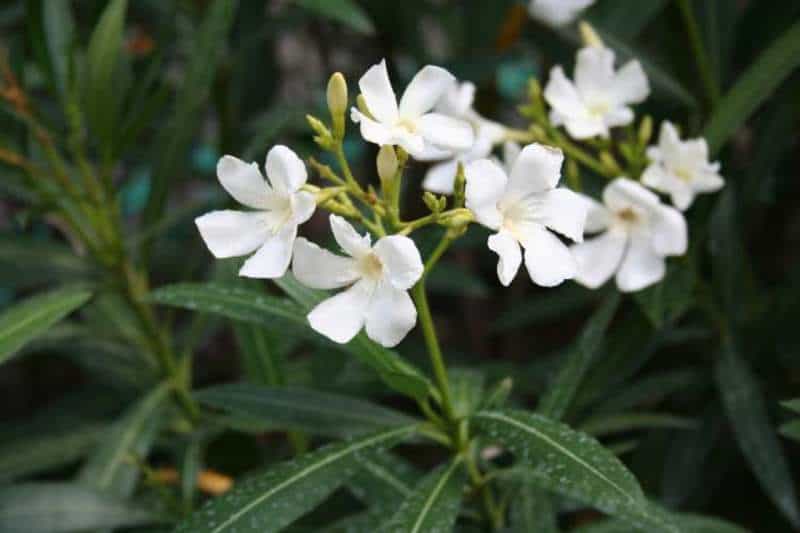

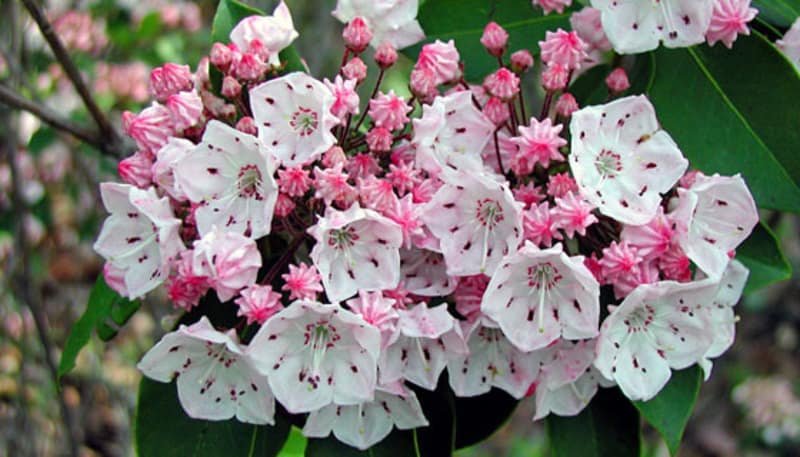
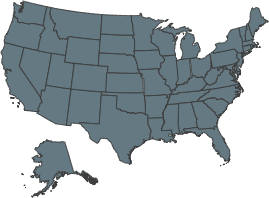
Donna says
These flowers are beautiful and I appreciate knowing they are deadly if ingested, but I have hydrangeas and lily of the valley against my house and screened-in-porch and I’m wondering if just the fragrance of the lily of the valley is dangerous. It carries in the air so wouldn’t inhaling the fragrance be dangerous too? My husband has lung issues and I’m wondering if this could add to it?